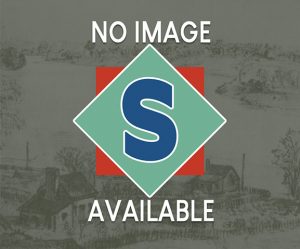Aquia Church
Aquia Church was built around 1751 in the shape of a Greek cross. It is considered one of the most significant colonial churches in America. It is noted for its three-tiered pulpit and Aquia Stone trim. It served as a parish church, established by the colonial government. Landowners paid required taxes to the parish in the form of tobacco. During the Civil War the church was occupied by soldiers.
Detailed History:
In 1664 Stafford County was formed from Westmoreland County and the new parish of Overwharton created. Almost immediately thereafter the House of Burgesses ordered the construction of a new parish church. Called Potomac Church, the structure was located just south of the modern village of Brooke. It was a rectangular brick edifice and one of the largest churches in colonial Virginia. Potomac Church, which followed the rituals and doctrines of the Church of England/Church of Virginia, remained in use from c.1665-c.1804.
Because of the difficulty of traveling over the horrible dirt roads, not everyone could get to Potomac Church. Church attendance was mandatory and failure to attend regularly was met with stiff penalties. To make it easier for parishioners to get to church, small chapels were constructed in outlying areas. One of these, a little frame structure, was located to the immediate south of the present Aquia Church.
Prior to the American Revolution, parish vestries had the authority to tax parishioners to pay for the building and maintenance of churches, chapels, and glebes (plantations that belonged to the parish and upon which ministers resided) and to pay ministers’ salaries. Most welfare and social programs were also funded and managed by the vestries, not the county or colonial government. These included the placement of orphans in foster homes, support of indigent or elderly parishioners who had no family upon which to depend, and punishment of women who gave birth to illegitimate children. Each year the vestry met to determine a budget for the upcoming year. Costs were totaled and divided by the number of “tithables” (taxpayers and those eligible to be charged tithes) in the parish. The resulting figure was the sum each taxpayer was required to pay the vestry.
Around 1745 the Overwharton Parish vestry began considering building another large parish church. This idea was resolutely opposed by most Overwharton parishioners who saw no need for another large house of worship, which they would be taxed to pay for. Despite vigorous heated debate, which went as far as asking the House of Burgesses to dissolve the vestry, the parishioners lost their battle and Aquia was built.
Construction of the church commenced in 1751. The undertaker (contractor) was Mourning Richards, master builder and architect, of King and Queen County. He agreed to accept 110,900 pounds of tobacco for building the church. The stone mason was William Copein of Prince William County who later built Pohick Church in Fairfax County. According to custom, Richards was paid in three or four installments. On Mar. 17, 1755, when the church was within a few days of completion, workmen left a fire burning inside the building and some nearby shavings caught fire. Most of the interior woodwork was damaged or destroyed, as was the roof. Also lost in the fire was the little frame chapel on the south side of the new church. On the day of the fire, Richards was absent on another job and, already having received most of his payment, was obligated to rebuild the church at his own expense. He did so, but he was financially ruined. The completed building was turned over to the vestry in 1757.
The American Revolution ended the old parish vestry system and effectively eliminated the power of the Church of Virginia. Emotions against the Church were such that the state government nullified nearly all vestry authority, confiscated church-owned property, and removed the vestry’s ability to raise money. By 1804 most lands formerly owned by parish vestries in Virginia had been sold, the proceeds going toward the support of the needy. Many colonial churches were abandoned and fell into disrepair; many were vandalized or neglected until they simply fell in. Because Aquia Church was relatively new when the Revolution commenced, it was better able to withstand the years of abandonment and it didn’t collapse.
The interior woodwork in Aquia is considered one of the finest examples of American colonial craftsmanship. Unlike many other colonial churches that had their interiors “modernized” in the 19th and 20th centuries, Aquia’s remains almost exactly as it was when Mourning Richards turned over the key to the vestry in 1757. The original three-tiered pulpit remains in constant use.
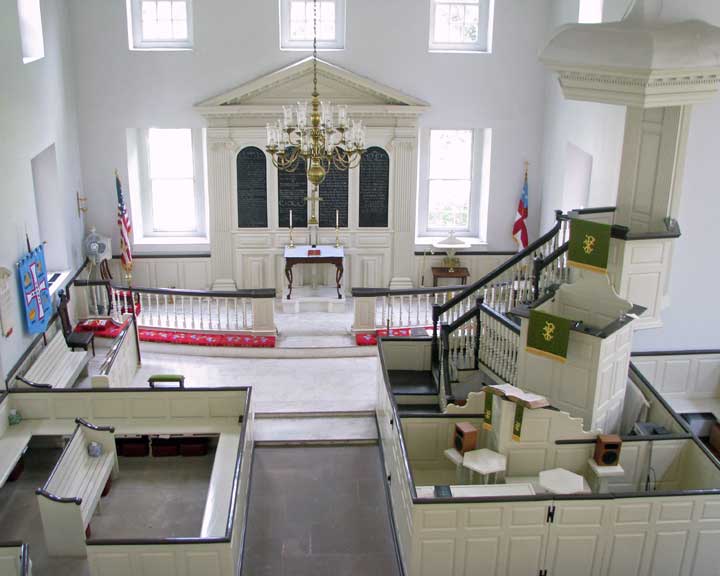
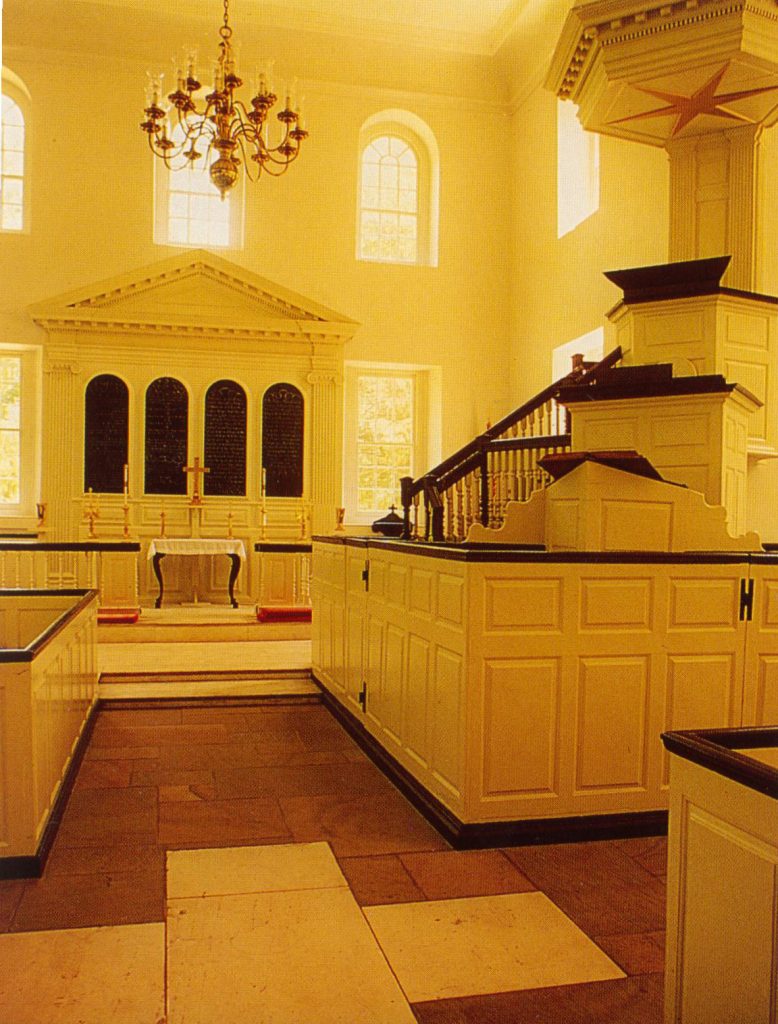
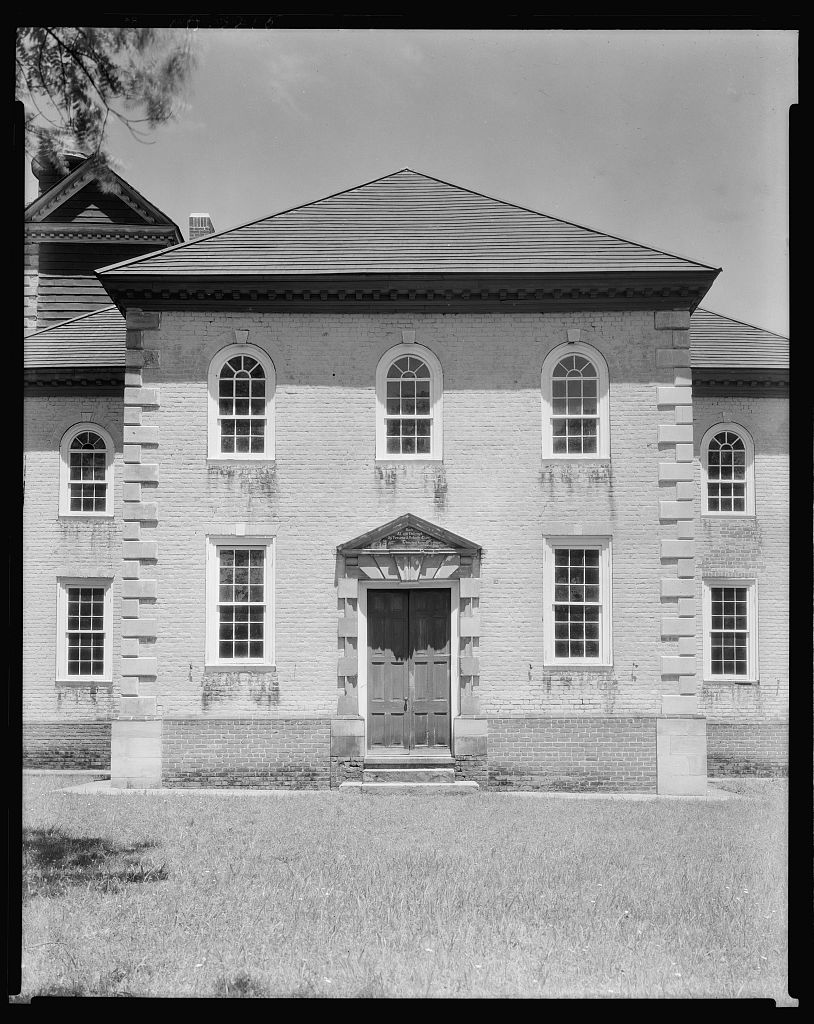
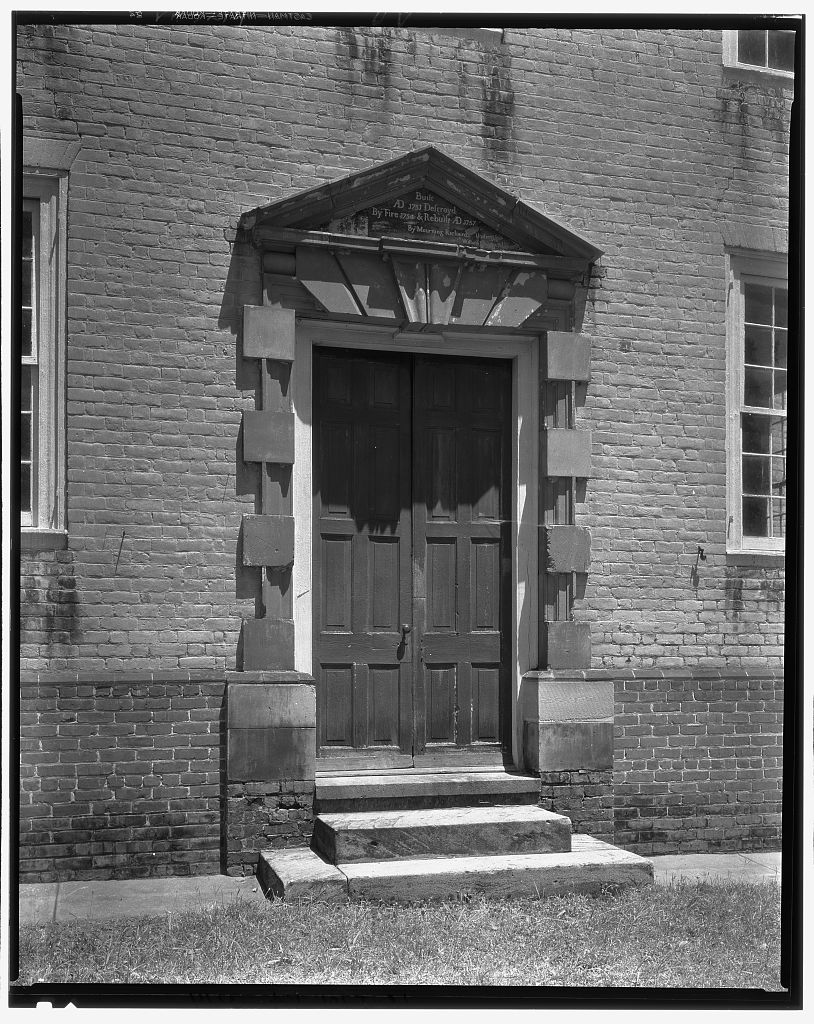

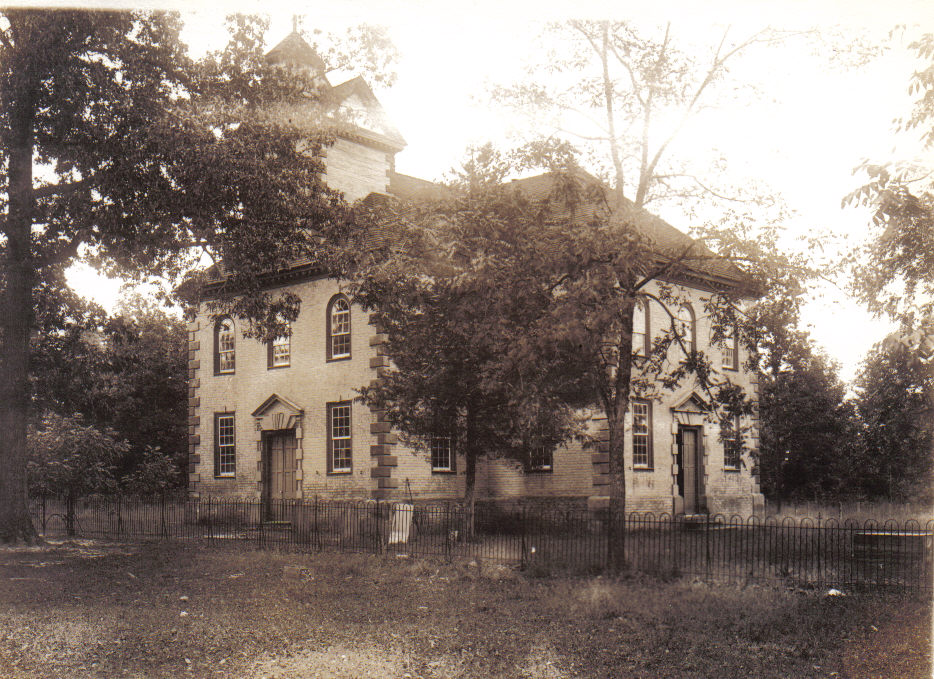

This short movie walks visitors around the property and inside of Aquia Church.
Important People:
Alexander Scott (1686-1738) rector of Overwharton Parish from 1706-1738 and preached at Potomac Church and at the early frame chapel near the present Aquia Church. In his will he left orders for his brother to have made a fine set of Holy Communion silver. This was done and the silver was put into regular use. To protect this priceless set from marauding soldiers, it was buried during the American Revolution, the War of 1812, and the Civil War. The church still has the set today but it is housed in a bank vault, not in the church.
John Moncure (1710-1764) came to Virginia from Scotland. He was rector of Overwharton Parish from 1738-1764 and was the first minister of Aquia Church.
Sources:
- Eby, Jerrilynn. They Called Stafford Home: the Development of Stafford County,
- Virginia, from 1600 until 1865. Bowie, MD: Heritage Books, Inc., 1997.
- Moncure, Thomas M., Jr. Pynn, Molly A. The Story of Aquia Church. Fredericksburg,
- VA: Cardinal Press, 2000.
Field Trips:
- Call the church to arrange for a guided tour at 540-659-4007


